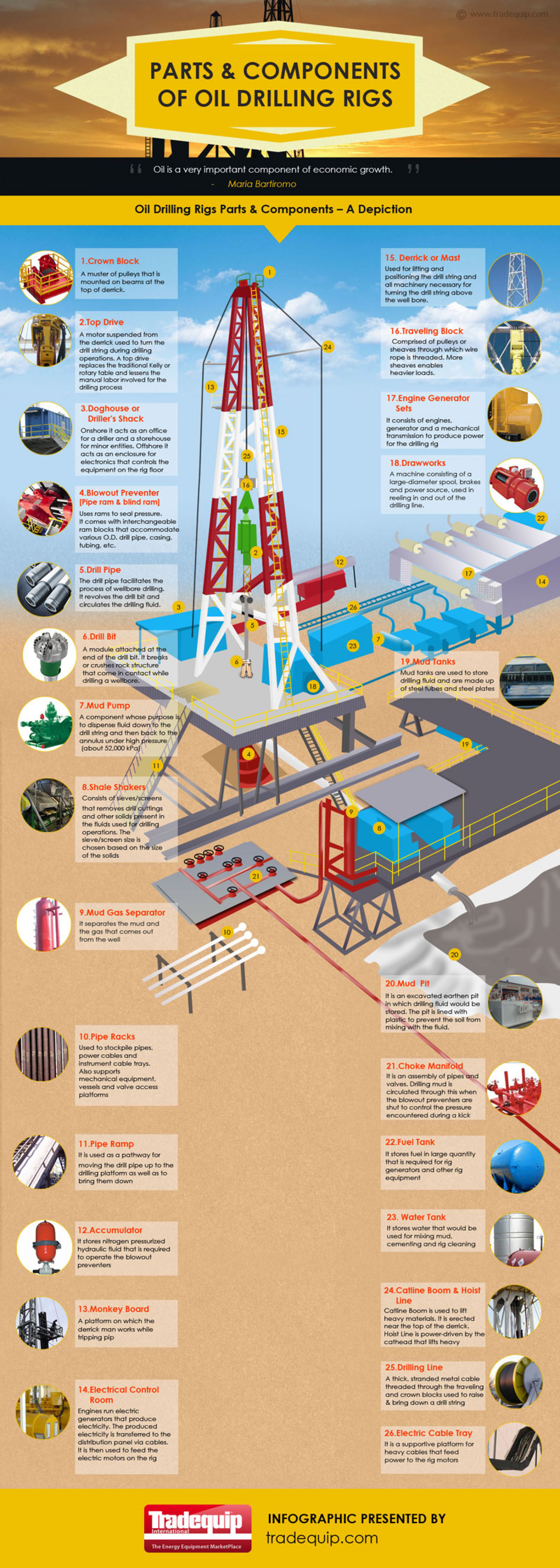Oil rigs are large and complex machines that extract oil from the ground. The rigs consist of many different parts and components, all of which need to work together in order to safely extract oil.
Oil rigs have come a long way since they were first constructed in the early 20th century. Today, oil rigs are a vital part of the petroleum industry, and they play an important role in the production of oil and gas. Oil rigs are made up of many different parts and components, and each one has a specific function. Here is an overview of some of the most important components of an oil rig:
Drilling mud: Drilling mud is a sticky mixture made up of water, sand, and bitumen. It is used to lubricate the bit and drill hole, allowing the drill to make a clean cut.
In order to use drilling mud effectively, it must be mixed with water before being pumped into the wellbore. This mixture is also called mud. Bit
A bit is a cutting tool that is used to bore holes into the ground. It can be made of various materials, such as steel or titanium, but the most common material used for this purpose is cobalt-chrome steel.
The contents of the drilling mud are divided into three categories: a mechanical, chemical, and biological system. Usually, each of these systems has its own purpose and features. Mechanical system This system is specially designed to help the drill bit cut through rock. The most common types of bits are diamond bits and ceramic bits. The diamond bit was invented in 1866.

